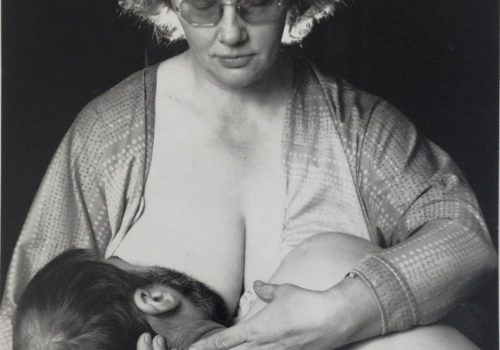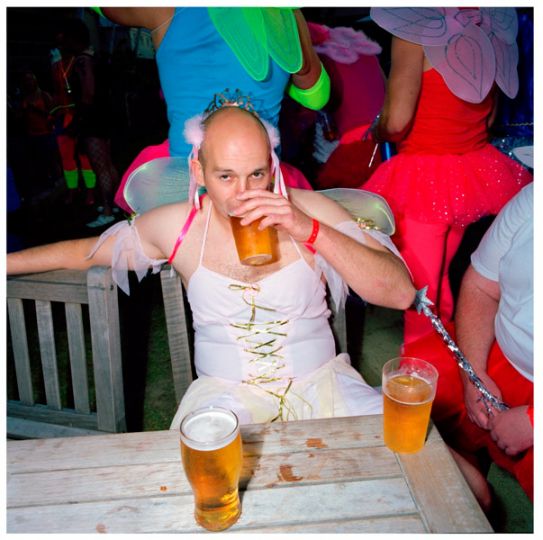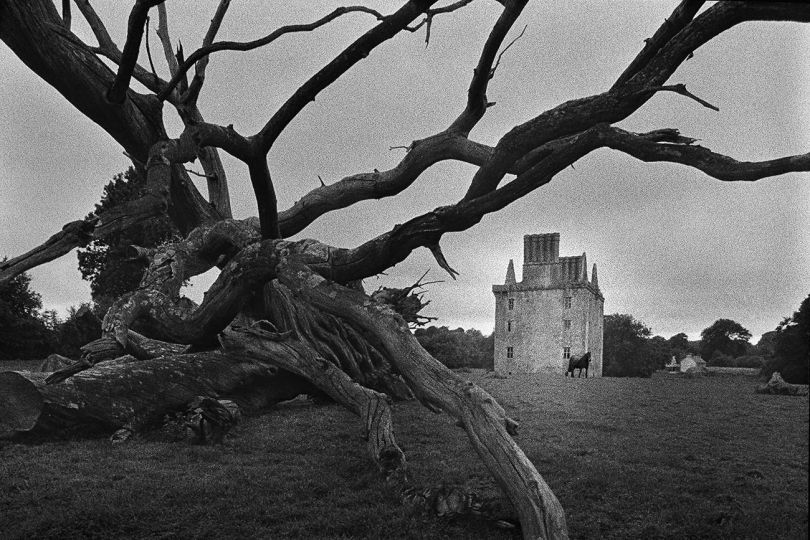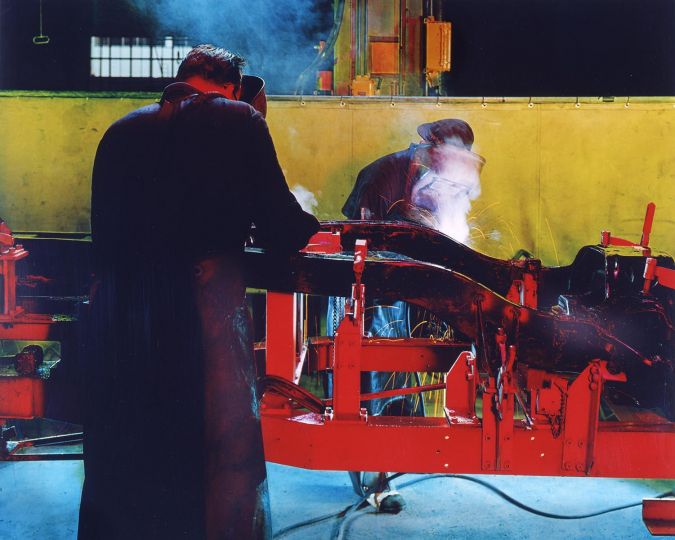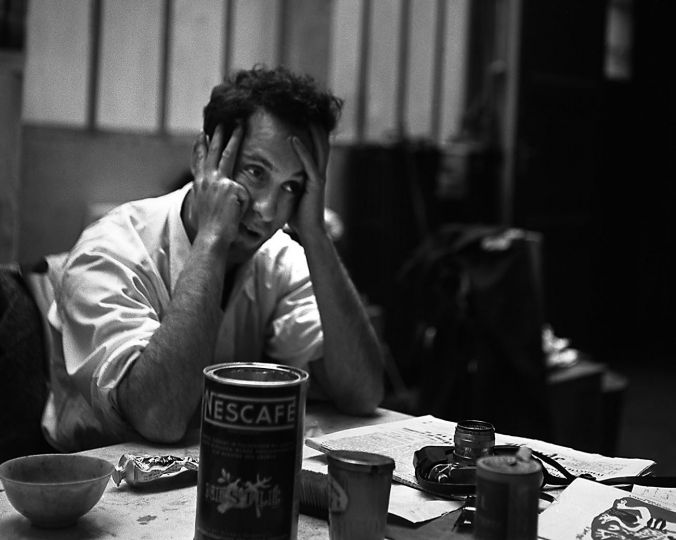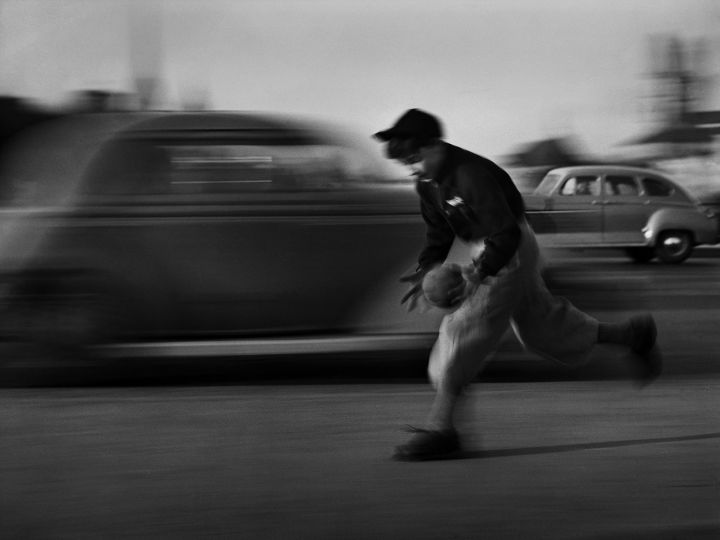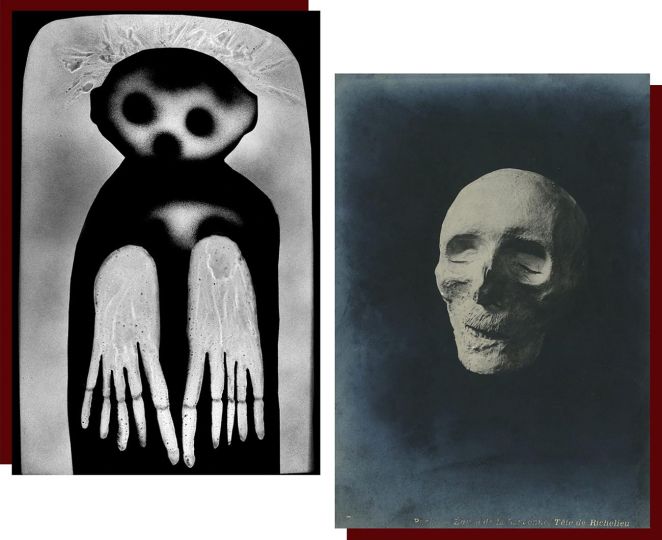L’Oeil de la Photographie is pleased to link up with a new educational resource britishphotography.org to provide an A to Z of British Photography. Every two weeks we will present the next letter of the alphabet.
Just launched britishphotography.org gives online access to Claire and James Hyman’s personal collection of British photography as well as providing essays on the subject and links to other websites.
Established over a period of nearly twenty years, the Hyman Collection consists of over 3,000 artworks with an emphasis on photography from nineteenth century salt prints to contemporary works. The Hyman Collection seeks to support British Photography through education and acquisitions and to use britishphotography.org as a forum for promoting British Photography.
Today, B is for Baby.
The selection ranges from the prosaic to the fantastic, from the playful to the disturbing, to explore the adult’s view of the baby but also to suggest the extraordinary perception of the baby at newly discovering the strange world that surrounds them. The agendas vary greatly.
The photographs of Bill Brandt and Nick Hedges are informed by a purposeful and deliberate social mission to draw attention to injustice and poverty. Bill Brandt in 1930s Jarrow dramatized the effects of mass unemployment and four decades later Nick Hedges photographs for the housing charity Shelter exposed the harsh conditions in which so many still lived.
In contrast, other images suggest a more surreal aspect in which the baby’s viewpoint is one of wonder at the extraordinary sights that surround them. In Ken Grant’s photograph a baby is entwined within coiled rope and in David Moore’s sitting-room the baby’s head resembles the moon. The mundane surroundings make the oddness of the baby’s vision even stranger,
Meanwhile, Jo Spence takes things to an entirely other level. In her famous series Remodelling Photo History, she takes one of the key images in the history of Western art, the central Christian imagery of a mother and child. A religious icon is transformed into something more psychologically charged. Instead of representing the mother’s nurturing of her baby, Spence shows herself and her partner, to provide a charge feminist image of man’s dependence on woman, or a suggestion of the baby inside us all.

